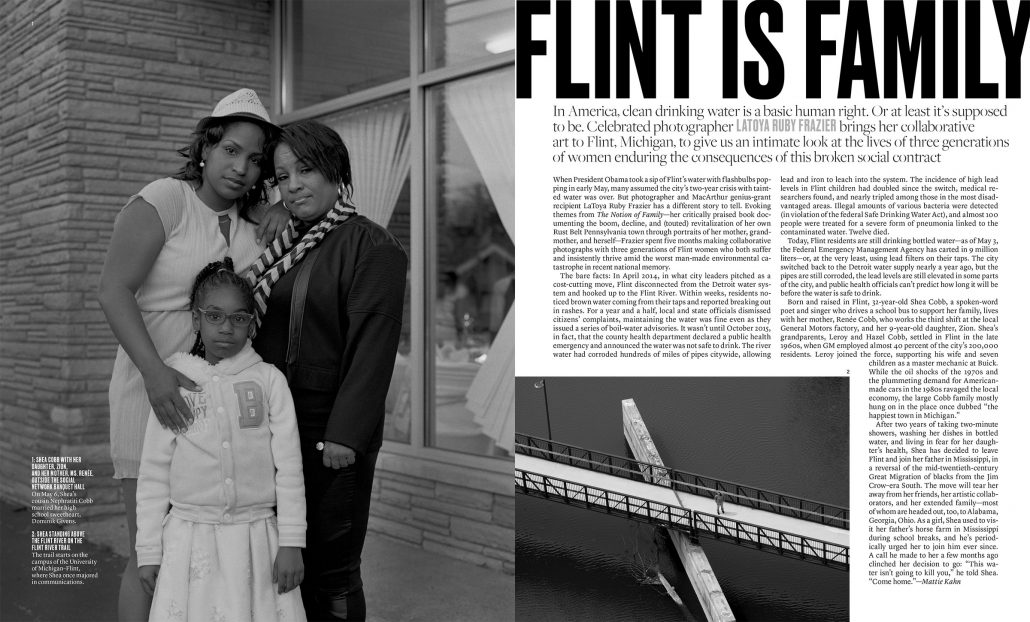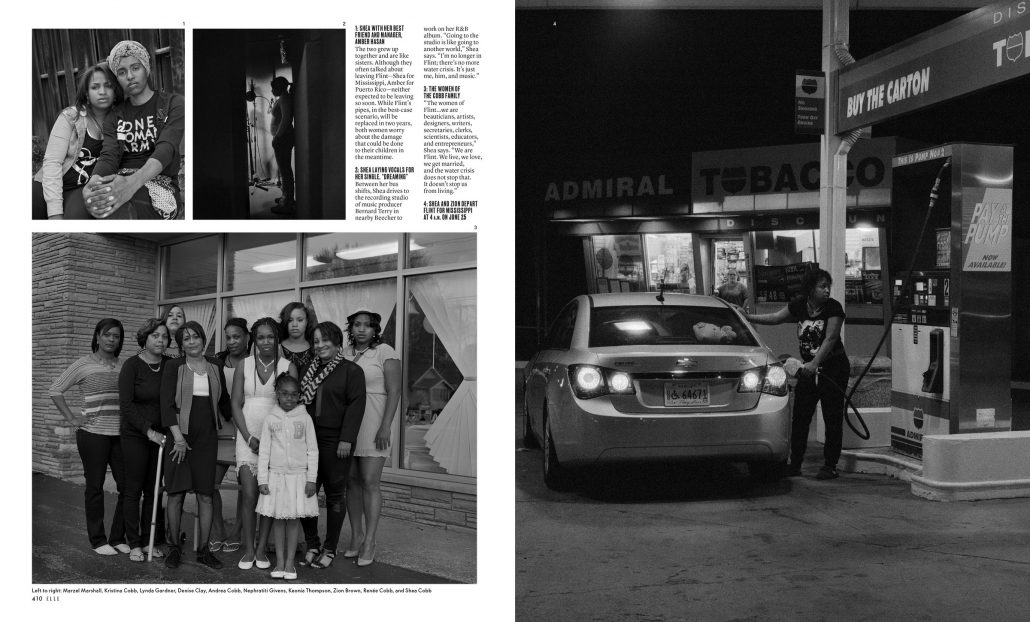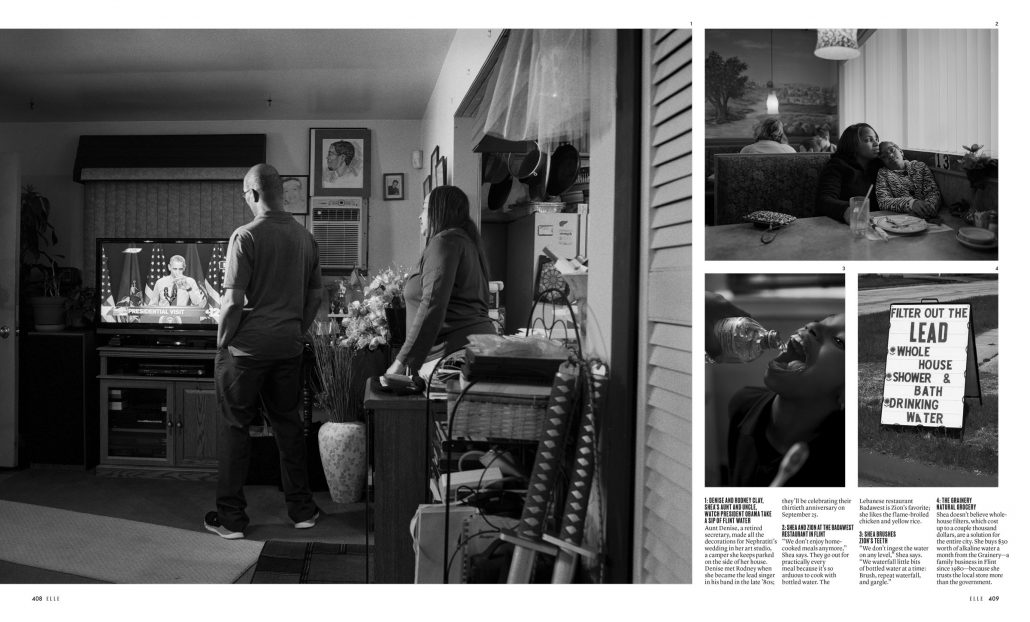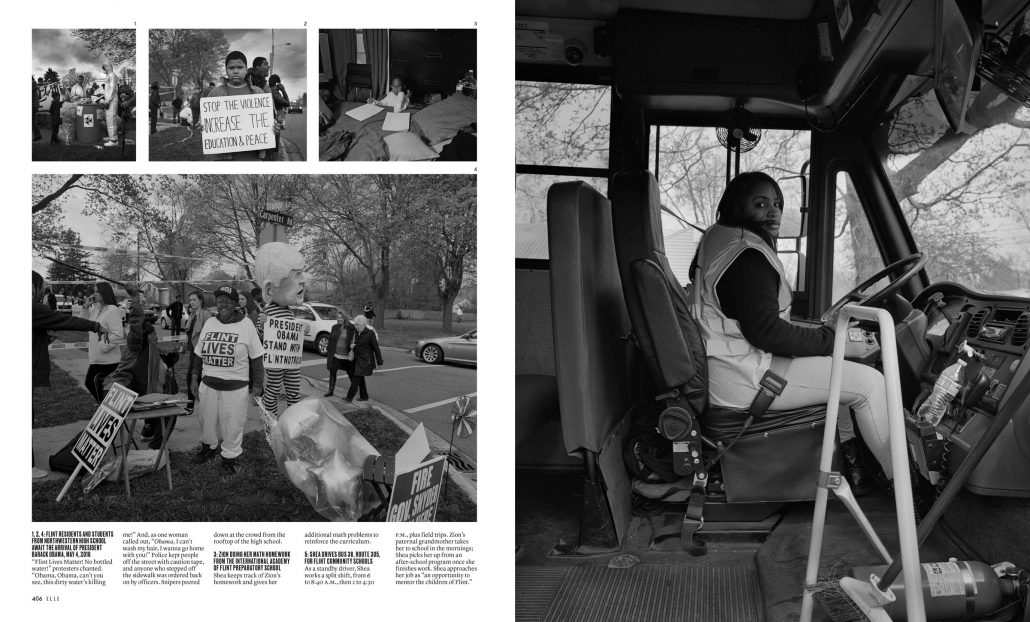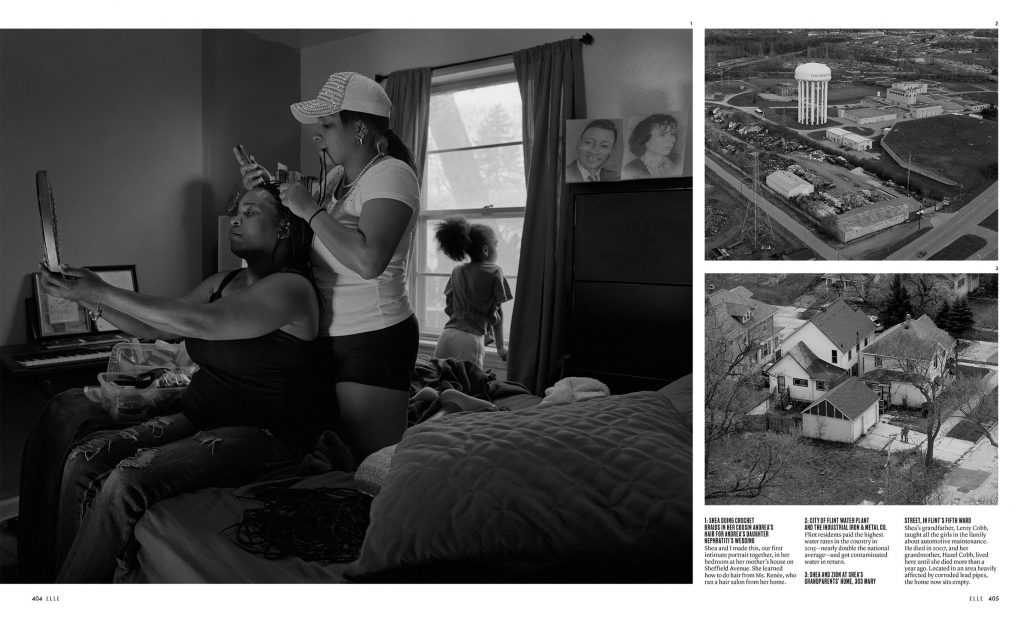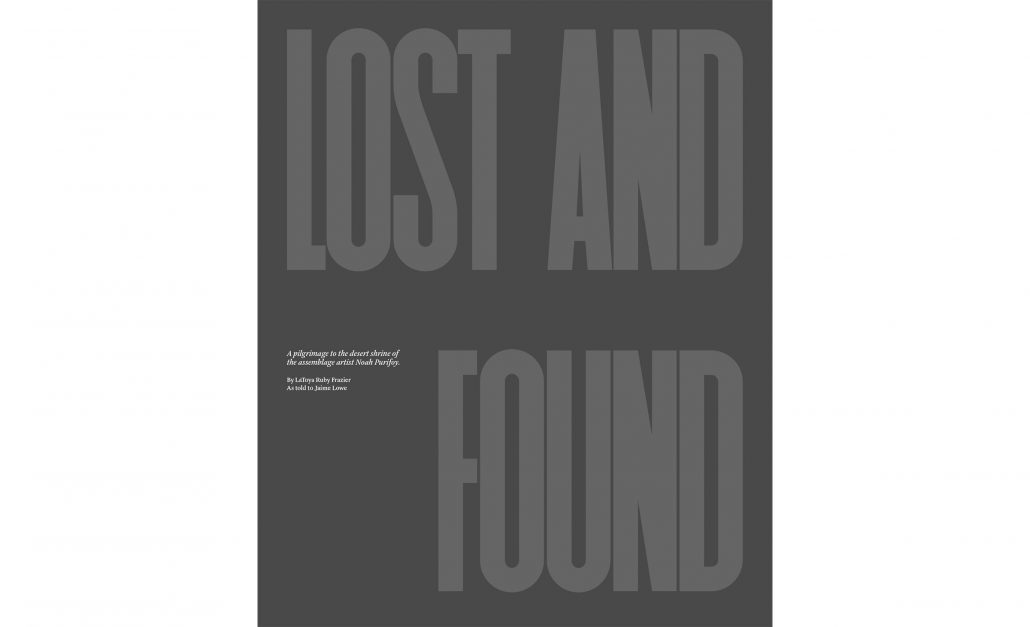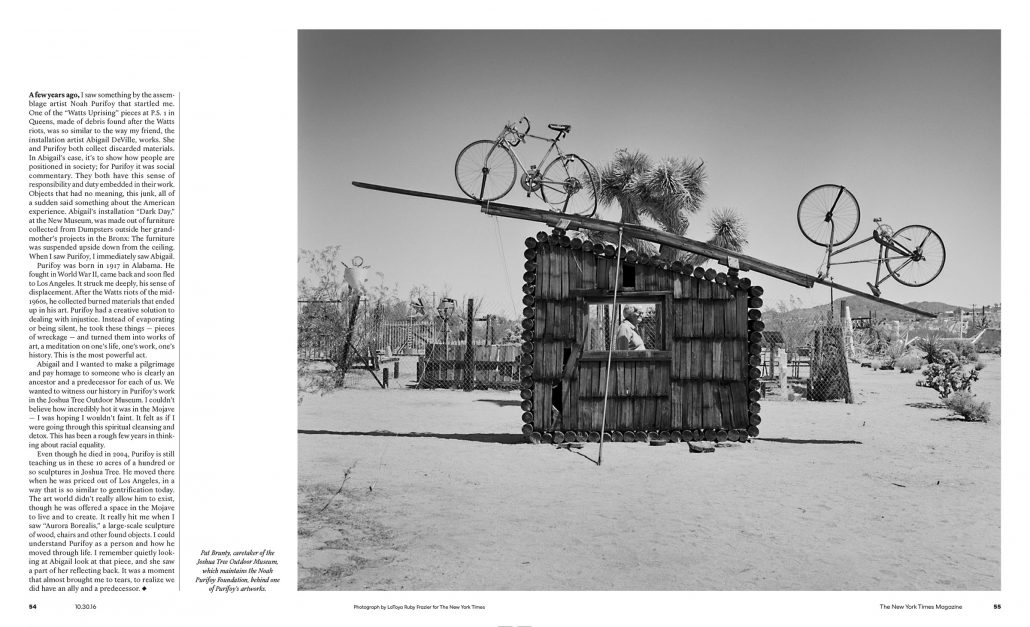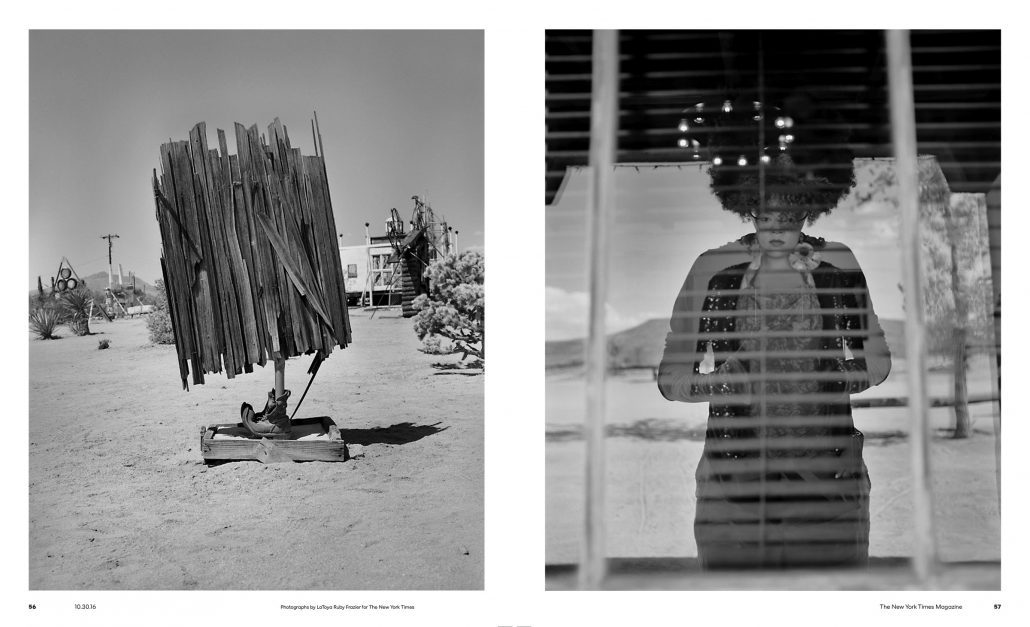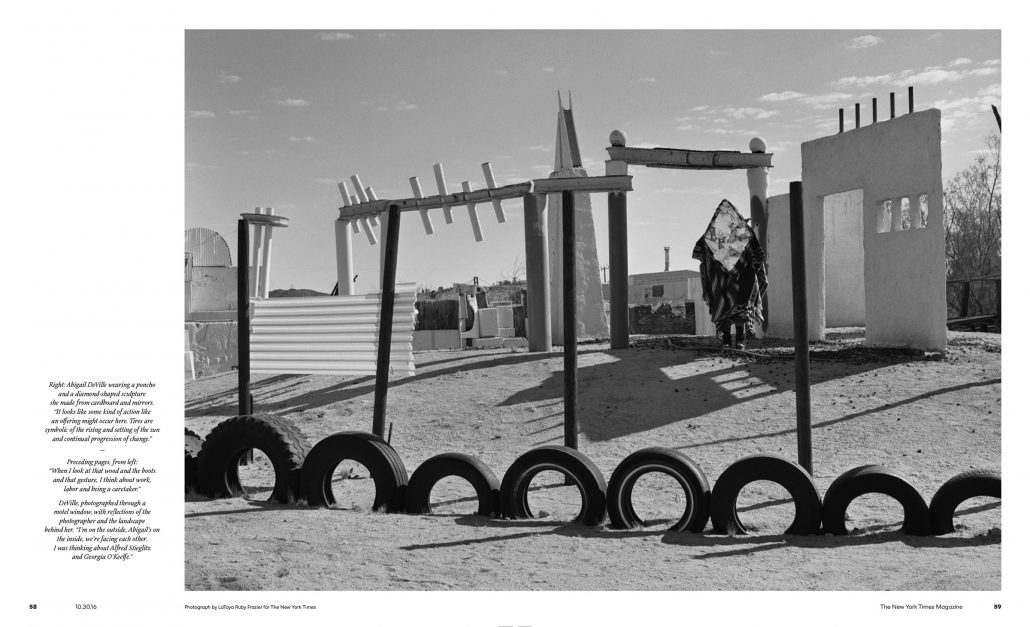What a Picture From the Sky Reveals About Oppression
Special Issue from The Atlantic
Fifty years after the assassination of Martin Luther King Jr., The Atlantic commemorates his life and work—and reflects on the reality of today’s America through the prism of his vision.
The Atlantic’s new special issue takes the reader from King’s development as a young activist to the building of his campaign against what he called the “three major evils” of society: racism, poverty, and militarism.
The Geography of Oppression
Martin Luther King Jr. was assassinated in Memphis, Tennessee, but his death reverberated across the United States. To this day, the 1968 Holy Week Uprising influences the human geography of some cities, shaping how poverty and dysfunction concentrate in black neighborhoods.
Memphis did not feel the full flames of riots in April 1968, in part because of King’s nonviolent organizing apparatus. But his spirit was not enough to hold back the tide of despair and violence that brought millions of dollars of damage to other major metropolises, including Baltimore and Chicago. Still, King’s assassination has influenced how these cities are physically structured, from the gutting of urban neighborhoods to the memorializing of the civil rights leader in monuments, streets, and schools.
Using a helicopter and aerial photography techniques available in 1968, LaToya Ruby Frazier revisited Memphis, Baltimore, and Chicago to explore how they have responded to five more decades of oppression.
Contributors include:
Dr. King’s youngest child, Bernice King, who wrote the issue’s introduction
Jesse Williams and John Legend on the intersection between art and activism
MacArthur fellows Matt Desmond, Jesmyn Ward, and LaToya Ruby Frazier
Representative John Lewis, who marched with King in Selma
Historian Jeanne Theoharis on Coretta Scott King and the hidden women of the movement
Voices from The Atlantic’s archives, including Stokely Carmichael, Jonathan Kozol, and Archibald MacLeish
Available for purchase from The Atlantic







